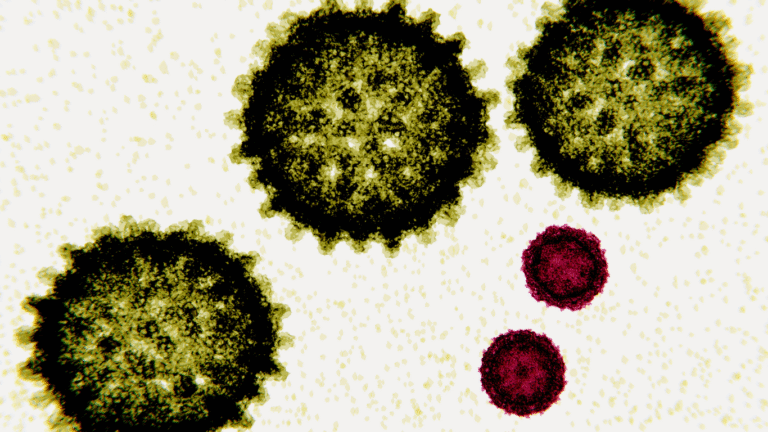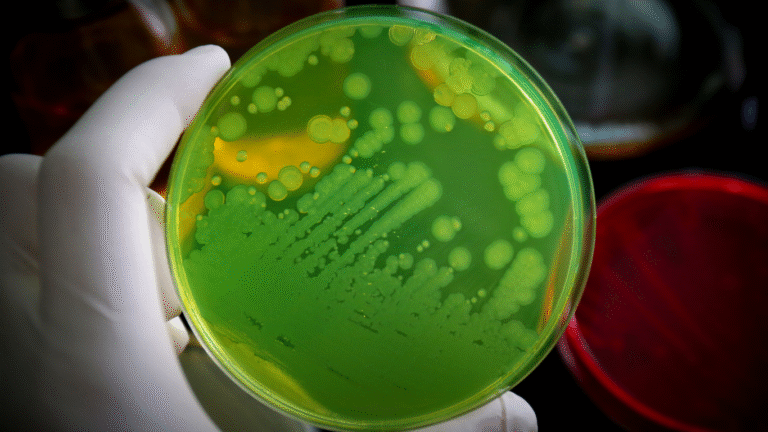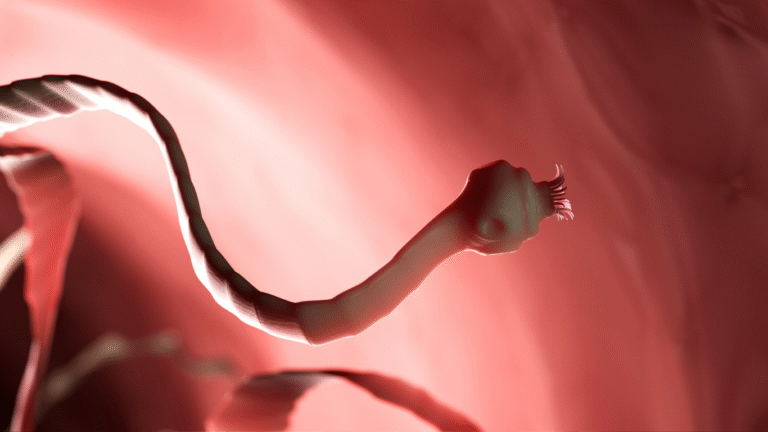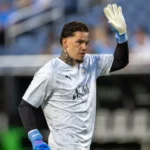Step into a day in the life of the poliovirus. Discover how polio spreads, infects, and how humanity fights back against this once-devastating disease.
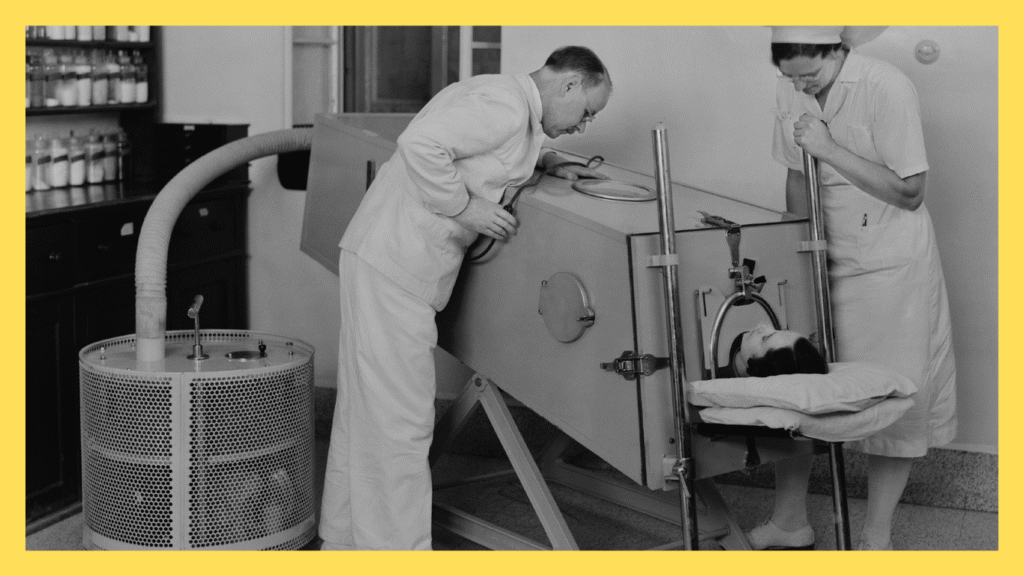
The morning feels warm here in the water. I, a poliovirus, drift quietly, too small for human eyes to ever notice. Around me, millions of others just like me are carried along, waiting for the right moment to begin our journey. For now, I am at rest, but I know my day truly begins once I find my way into a human host, the only place I can truly thrive.
That moment often comes when a person drinks water contaminated with tiny traces of waste or eats food handled without proper hygiene. The instant they swallow, I slip in unnoticed, traveling down the throat and settling into the small intestine. To me, this is paradise. The warmth, the nutrients, and the endless supply of cells waiting to be invaded make it the perfect environment. According to the CDC, this fecal-oral route is how I usually pass from one host to another, and it has worked for thousands of years. Most of the time, my arrival causes no alarm. In fact, about 70% of my visits are silent, leaving no symptoms at all. My host goes on with life unaware that I am even here.
Still, I rarely stay quiet forever. Once I settle into the lining of the gut, I get to work. My strategy is simple: I attach to the cells, sneak inside, and reprogram them into factories that make copies of me. Each copy is released into the gut, where it can either leave the body through stool or slip further inside. For many people, this stage causes only mild illness. Sometimes my presence feels like a common cold or a stomach bug. There might be a sore throat, fever, nausea, or stomach pain. Doctors call this condition abortive poliomyelitis, and humans often mistake it for the flu (Mayo Clinic).
But not every story ends there. As I multiply, I occasionally make my way into the bloodstream. This is my opportunity to reach places where the stakes are much higher. If the immune system is strong, it often stops me here, flooding the body with antibodies and immune cells designed to trap and eliminate me. For most people, this defense works, and I fade away. Yet sometimes, I slip past these guards. When that happens, I aim for the nervous system.
For me, the nervous system is both a fortress and a battlefield. If I can reach the motor neurons—the cells responsible for controlling muscles—I unleash chaos. I begin destroying these neurons one by one, and unlike many cells in the body, once motor neurons are gone, they cannot grow back. Without them, the muscles they control weaken and may stop working altogether. This is when paralysis sets in, and it can be devastating. The NIH confirms that when I damage the neurons that control breathing, the infection can even become life-threatening. Humans once built giant machines known as “iron lungs” to help paralyzed patients breathe, and for many, this was the only chance of survival.
Imagine a child suddenly unable to move their legs, or an adult struggling to lift an arm that felt strong only days before. These are the moments when I make my greatest mark, and throughout history, I have left behind countless lives altered forever.
Yet even as I spread, humans grow wiser. Just as I use their cells to multiply, they use science to fight back. Vaccines have become my greatest enemy, transforming entire populations into places where I cannot survive. The oral polio vaccine, created by Dr. Albert Sabin, introduced a harmless version of me that people could swallow. This version gave their immune systems practice, so when the real me arrived, they were ready. Around the same time, Dr. Jonas Salk developed the inactivated polio vaccine, which trains the body with a killed version of me. Together, these two defenses have built a global shield against my spread (CDC).
The effect has been dramatic. In 1988, polio still paralyzed more than 350,000 people every year across 125 countries. By contrast, today cases have been reduced by more than 99%, a triumph of human cooperation and science (CDC). My presence now lingers only in a few regions, such as Afghanistan and Pakistan, where vaccination campaigns continue to face challenges. For me, this shrinking world feels suffocating. Each year, as more children receive vaccines, my opportunities to spread grow fewer.
Even so, I have not vanished completely. From time to time, when vaccination rates slip, I find an opening. Outbreaks in communities with low immunization remind humans that I am still here. Travelers can carry me silently from one place to another, and if I arrive where few are protected, I can spread quickly.
But increasingly, I lose. Vaccinated communities are like walls I cannot climb. I enter, but the immune system recognizes me immediately, attacking before I can do any damage. In those cases, my day ends quickly. For the rare people I do infect, the outcomes vary. Most will never know I was there. Some will feel only a mild illness. A smaller number will experience paralysis, and for them, the consequences may last a lifetime. These are the battles that have defined my existence.
As the world grows closer to eliminating me entirely, I reflect on what that means. For me, it would be the end of a long reign that once spread fear in every corner of the globe. For humans, it would be a victory like no other—the complete eradication of a virus that shaped public health for decades. Already, they have come so far. Countries once overwhelmed by my presence now live free of the fear I once brought. If vaccination efforts remain strong, one day I may exist only in history books, remembered not for the damage I caused, but for the global unity that finally defeated me.
For now, I drift, waiting for another chance. But with every vaccine given, my world shrinks, and the day when I am gone forever comes closer. Polio may sound like a story from the past, yet as long as I exist anywhere, outbreaks remain possible. That is why vaccination matters—not just for one person, but for entire communities. It is the only way to ensure that my story finally ends.
✅ Key Health Message: Polio is preventable through safe and effective vaccines. Protect yourself and your community by staying up to date on immunizations. With enough protection, poliovirus will eventually have nowhere left to live, and humanity can celebrate its permanent eradication.

